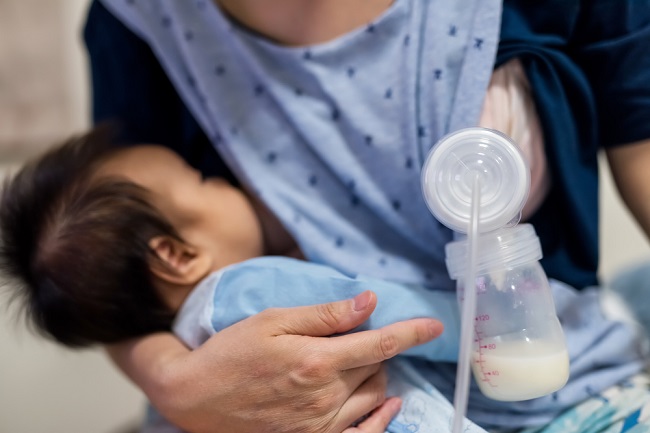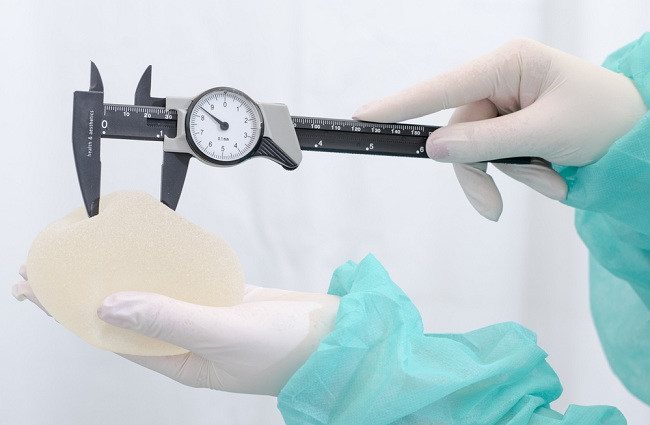Many people think that cataracts only affect adults. In fact, cataracts in infants can also occur, you know. Although this case is rare, the causes and symptoms of cataracts in infants are still important to understand so that they can be found and treated as early as possible.
There are 2 types of cataracts in infants, namely congenital cataracts that occur since the baby is born or shortly after birth and acquired cataracts that develop only after the baby is born.

Cataracts occur when there is cloudiness in the lens of the eye that makes it difficult for light to enter. This makes vision blurry. If the cataract is large and dense, it will be harder for light to enter, so the ability to see is greatly reduced or even lost. Cataracts can occur in one or both eyes.
Causes of Cataracts in Babies
Although a number of reasons have been found that cause cataracts in infants, there are still some cases where the reasons cannot be found. Here are some of the main possible causes of cataracts in babies:
Congenital Cataract
Most cases of congenital cataracts in infants are caused by genetic factors or inherited from parents to children. This can result in the formation of the eye lens in infants not developing properly. Cataracts can also be caused by chromosomal abnormalities, such as: Down syndrome.
Congenital cataracts can also be caused by infections that attack the mother during pregnancy. Infections that are most at risk of causing cataracts in babies from birth include German measles (rubella), toxoplasmosis, cytomegalovirus (CMV)., chickenpox and the herpes simplex virus.
Acquired cataract
Acquired cataracts in infants are usually caused by the baby's own health condition. The cause of this type of cataract is usually diabetes, galactosemia (a condition when the body cannot break down galactose), or an eye injury. However, these cases are rare.
Symptoms of Cataracts in Babies
Some of the symptoms of cataracts in infants that need attention are:
- A shading white or gray spot on the pupil of the eye (the black part of the eye)
- Uncontrolled eye movements, also known as nystagmus
- Eyeballs move in different directions or squint
- Babies seem to be unaware of the surrounding environment, especially if cataracts occur in both eyes
In diagnosing cataracts in infants, doctors usually recommend a thorough eye examination. In addition to an ophthalmologist or ophthalmologist, a pediatric ophthalmologist, babies also need to be examined by a pediatrician to determine whether there are congenital abnormalities that cause cataracts in babies.
Cataract Baby Treatment
If cataracts in infants are mild and do not affect vision, there may not be a need for special treatment. However, cataracts in infants that interfere with vision generally require cataract surgery. New cataract surgery can be done at least when the baby is 3 months old.
After cataract surgery, doctors will still carry out regular checks to monitor their vision, as well as make adjustments to the size of eyeglasses or contact lenses.
Although not life-threatening, cataracts in infants need to be found as early as possible so that treatment can be done early. This is because visual disturbances can interfere with a child's quality of life and may interfere with their growth and development process.
Therefore, an eye examination is recommended for all infants at birth or at 6–8 weeks of age. In addition, the child's ability to see, which is also included in the stage of growth and development, needs to be monitored carefully. If necessary, check the stage of growth and development to the doctor regularly.









